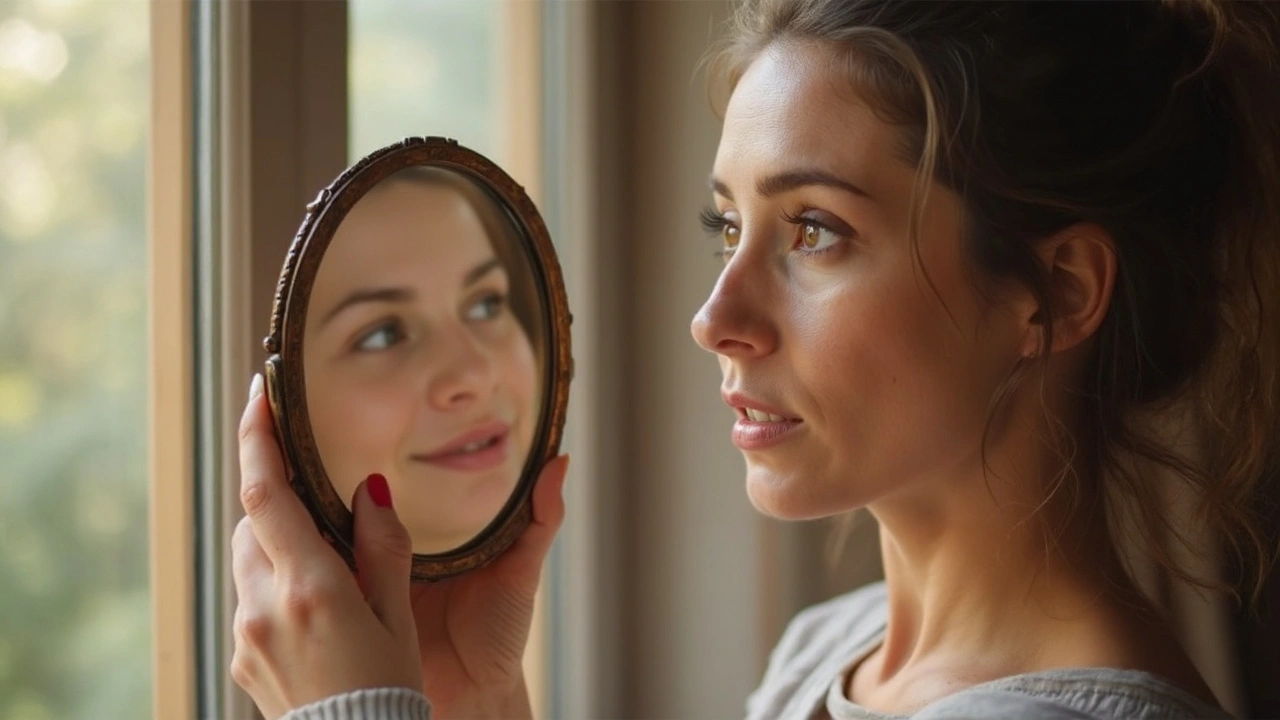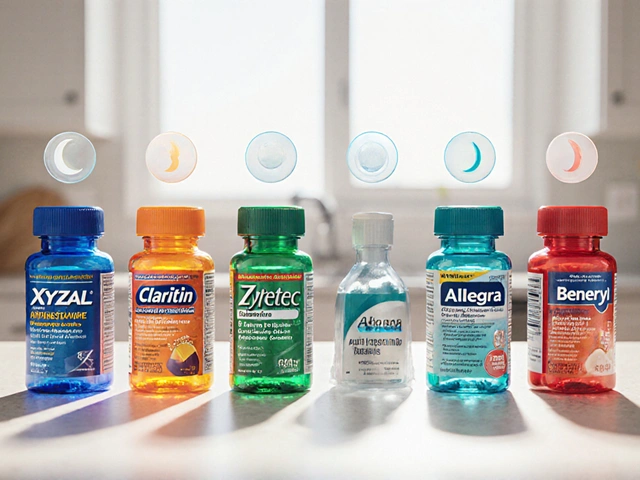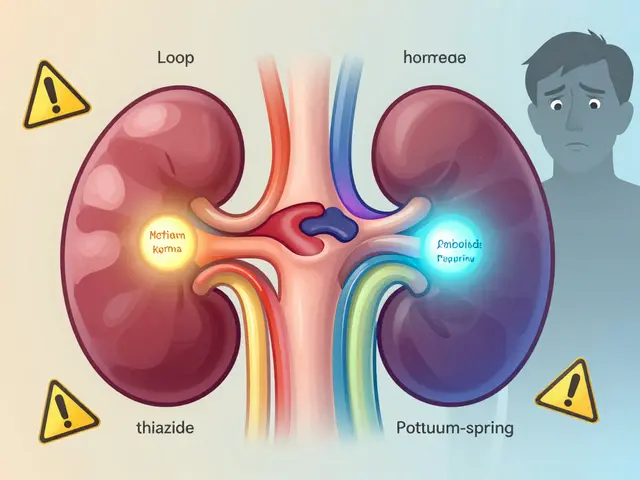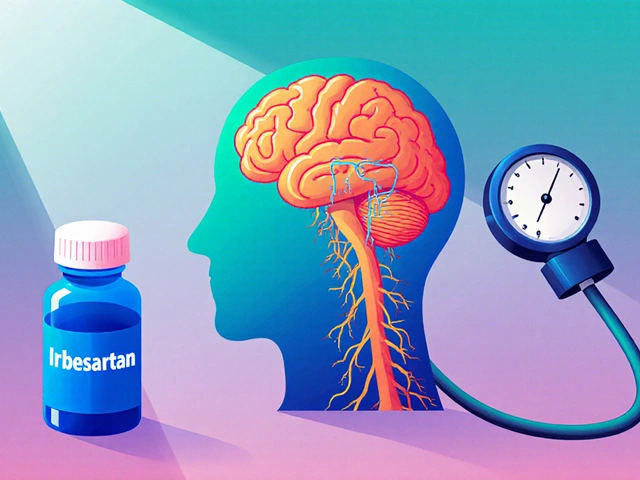Xyzal vs. Other Antihistamines: Which Allergy Reliever Is Best?
October 6 2025Skin treatments you can try — what works, what to avoid
Looking for straightforward help with a rash, acne, or dry skin? Here’s a practical guide that tells you which treatments actually help, how to use them safely, and when to see a pro. No fluff — just clear tips you can act on today.
Common treatments and how they work
Topical retinoids (tretinoin, adapalene): great for acne and for smoothing skin over time. Start with a low concentration, use at night, and expect redness for the first 1–3 weeks. Apply a pea-sized amount for your whole face and always pair with sunscreen in the morning.
Benzoyl peroxide: kills acne bacteria. Use it on active pimples or as a spot treatment. It can bleach fabrics, so be careful with pillowcases and towels.
Topical antibiotics and antiseptics (clindamycin, chlorhexidine): useful short-term for infected acne or cuts. Long-term use can cause resistance, so these are usually paired with other treatments or stopped after a set time.
Topical steroids: effective for eczema, allergic reactions, and some rashes. Use low‑potency steroids on the face and fold areas; stronger steroids for thick plaques on the limbs. Don’t use potent steroids on the face for long — skin thinning and rebound flares can happen. If you’ve got questions, check specific guides on steroids and safety.
Antifungals (clotrimazole, terbinafine): work well for ringworm, athlete’s foot, and some yeast rashes. Use the full course even after symptoms improve to avoid recurrence.
Oral options: antibiotics for moderate acne, antifungals for widespread fungal infection, and specialized drugs (like isotretinoin) under strict supervision. Serious conditions like psoriasis or severe eczema may require prescription biologics or light therapy from a dermatologist.
Safety, buying meds online, and when to see a doctor
Patch test: before trying a new cream, test a small area for 48 hours to check for irritation or allergy. If redness or burning appears, stop immediately.
Don’t mix active treatments without guidance. For example, using a retinoid and benzoyl peroxide together can be drying; introduce one at a time and space them (retinoid at night, benzoyl peroxide in the morning) if needed.
Buying meds online: only use pharmacies that require a prescription for prescription drugs, show clear contact information, and have verifiable credentials. Watch out for sites selling prescription-strength creams without any prescription — that’s a red flag. Our site has guides on buying certain meds safely online if you need step-by-step checks.
See a dermatologist if a rash is spreading, painful, not improving after 2–4 weeks of treatment, or if you have signs of infection (yellow crust, pus, fever). Also get medical supervision for strong treatments like oral isotretinoin or systemic steroids.
Quick daily rules: moisturize, use sunscreen, start low and slow with active ingredients, patch test, and ask a clinician when in doubt. That approach will keep your skin improving without surprises.
 28 Apr
28 Apr
Microneedling for Mottled Skin Discoloration: Real Results and Surprising Perks
Curious about why microneedling is popping up as a go-to solution for mottled skin discoloration? This article breaks down what actually happens to your skin when you try microneedling, explains why it helps patchy uneven skin, and shares real tips for getting the best results. We’ll dig into what makes this treatment stand out, what to expect during recovery, and key things to ask a provider before booking. Handy do’s, don’ts, and practical facts included.
Read More...




